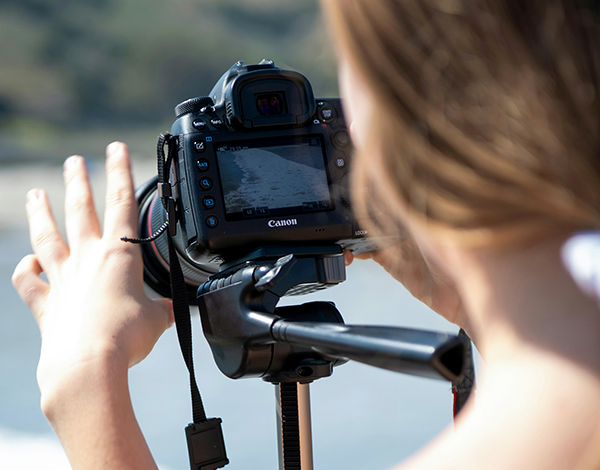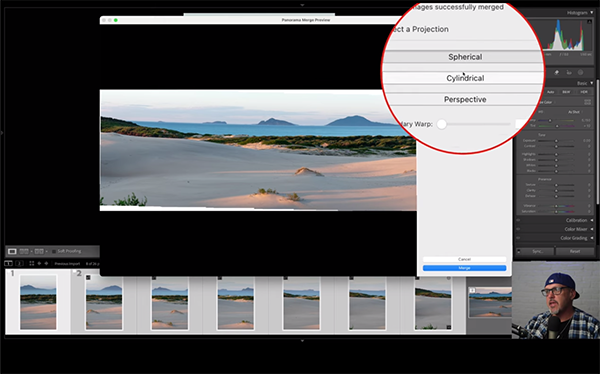Canon Announces Student CPS Program for Student Photographers & Filmmakers
Absolutely free support for emerging image makers: qualified college-level students 18 and older may now be eligible to enjoy many of the valuable member-exclusive benefits Canon previously reserved for full-time professional photographers via the new Student Canon Professional Services program — all at no cost. The generous initiative includes perks ranging from expedited repairs and discounted repair services to a dedicated hotline for assistance and mentorship.

CPS Student members receive multiple benefits including:
• Exclusive purchase offers through Canon’s online store
• Free Canon Maintenance Service, up to two products per year
• 10% discount on repairs, up to two products per year
• Expedited service within 3-5 business days
• Free return shipping for items sent to Canon’s service facilities
• Access to Canon’s Photography Mentorship Hotline

For more information, including how to apply and qualifications required for Student CPS Membership, please visit cps.usa.canon.com. Read the complete Terms & Conditions statement for official information. Working professionals who are not students can participate in Canon’s CPS platform for a fee, provided they qualify overall; more details can be found here.

Other Photo Industry Student/Educational Programs
Adobe
Adorama
Apple
B&H Photo and Video
Capture One
Filmtools
Fujifilm
GoPro
Henry’s (Canada)
MPB
Nikon
Ricoh
Sekonic
Sigma
Sony
Tamron
Vistek (Canada)
Western Digital / SanDisk
Want to Become a Better Photographer?
Begin by taking more pictures. Carry a camera everywhere you go and shoot even when you’re 100% sure the picture won’t turn out. Review all of your images with a critical eye and share them with others – and that includes posting the best on our Gallery. Subscribe to our newsletter (see sign-up form on our homepage) and bookmark Shutterbug as a Favorite on your browser so you can check back often. We’re in this for the same reason as you – we love photography, and we’re learning more about it every day.
—Shutterbug Staff







